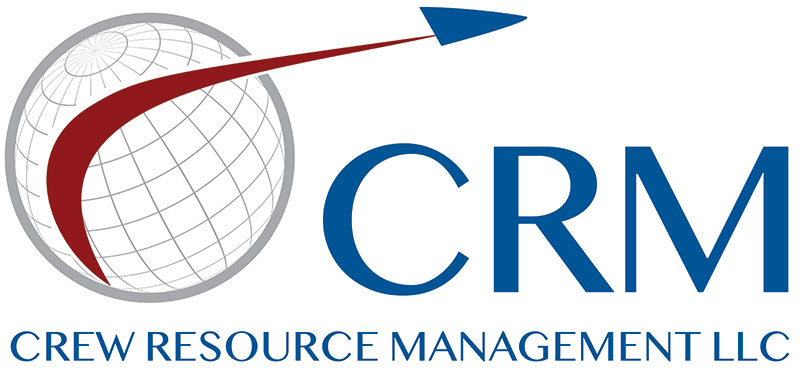In its May, 2013 issue, Consumer Reports (CR) tells us that “Safety still lags in U.S. hospitals – our ratings show most hospitals need to improve.” The good news in the article is that more hospitals are reporting their errors (such as hospital acquired infections, readmission & complication rates and overuse of certain procedures).
Without question, disclosing errors is essential to building this system into the true high reliability organization (HRO) that it can be. But disclosure by itself is like one hand clapping: healthcare needs to build a system that learns from its mistakes. Only then can it achieve the reliability that consumers expect – and deserve.
The Aviation Safety Model (ASM) that evolved over the past forty years has made commercial aviation an incredibly safe HRO. The reason: a complete preoccupation with failure. Rather than prescribe a certain acceptable level of failure – or acceptable “error rate” – commercial aviation encourages, and typically requires reporting of everything from anomalies to accidents. Errors are assessed and analyzed and training is constantly developed and modified to respond to threats as they emerge.
Our book, Beyond the Checklist – What Else Healthcare Can Learn from Aviation Teamwork and Safety describes how the ASM works in aviation and how these same principles can – and must – be applied to healthcare. There are lessons here that apply not only to aviation or healthcare, but to any high risk organization that strives to become a true high reliability organization.
The Consumer Reports article (and the associated CBS interview with CR’s Dr. John Santa) is useful and such reading should be required for anyone that will be going into a hospital – which is just about all of us at one time or another in our lives. Unfortunately, these reports are becoming repetitious: there is really very little actually new to report! At the equivalent rate of crashing a full 747 on each business day of the year, we are still accidentally killing patients at rates that would completely shut any other industry down overnight.
But real change will not occur until a commitment is made from the top down. The board room needs to commit a little less to simply running a profit center and a little more to actually running a care center. Both goals can be achieved. The airlines did it. So can you. Start with holding every CEO accountable for the errors that occur under his or her watch. When that happens, a sea change will occur that will finally move healthcare from high risk to high reliability.
For more information about Beyond the Checklist, watch the book trailer or buy a copy online!

